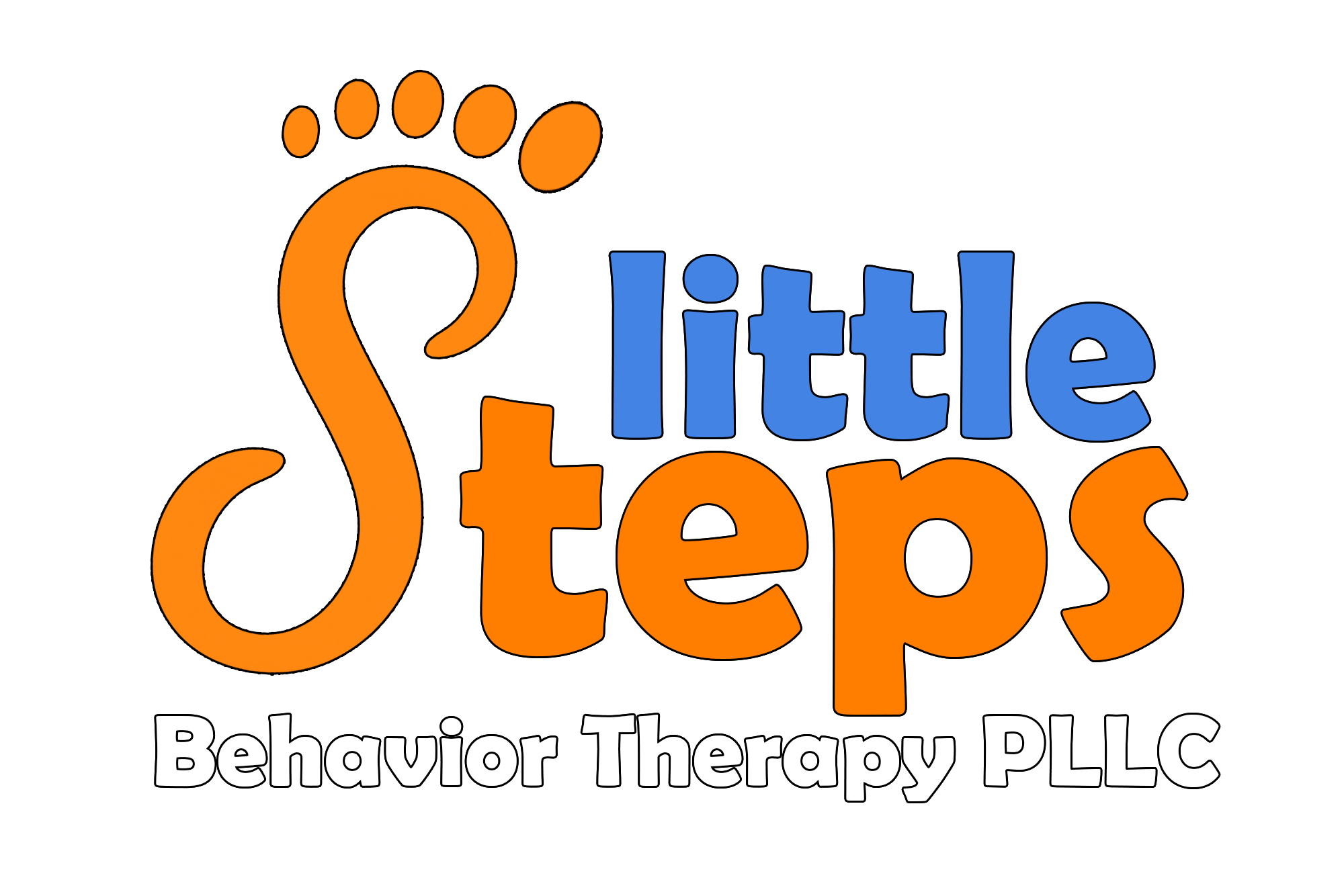What is ABA?
Applied Behavior Analysis (ABA) is the science of understanding and improving human behavior. In ABA, behavior is defined as any observable and measurable action a person does. Put simply, ABA uses evidence-based strategies to teach meaningful skills and reduce behaviors that interfere with learning or quality of life. ABA is not a “cure” for autism. It’s a well-researched, flexible set of teaching tools that can support individuals of all abilities in reaching their full potential. In fact, ABA can be applied to many different fields such as HR, sports science, self-management, teaching, animal training, and so much more.
Evidence-Based
ABA is grounded in decades of peer-reviewed scientific research and remains the most widely studied and validated approach for supporting individuals with autism. Its methods have been refined through continuous data collection and analysis, ensuring that interventions are both effective and individualized. As a result, ABA is recognized by the U.S. Surgeon General, the CDC, and major medical organizations as the gold standard for autism intervention.
Functional Skills
This is the “applied” aspect of ABA. It means that the behaviors we teach or shape are important and can cause a significant improvement in the individuals or their families lives.
Custom Programs
Every treatment plan we create is personalized, built around your child’s unique needs. While some programs use standardized assessments as a one-size-fits-all curriculum, we see that as the equivalent of “teaching to the test.” This approach often prioritizes checking boxes and memorization over building real, lasting skills. Instead, we use tools like the VB-MAPP to measure progress not to dictate what we teach.
Data-Driven
As a science, a core principle of Applied Behavior Analysis is data-driven decision making. We collect and analyze data throughout each session to objectively measure progress and determine whether current strategies are effective.
Positive Reinforcement
Reinforcement is the primary building block of Applied Behavior Analysis. It refers to the process of increasing the likelihood that a behavior will occur again by following it with a meaningful consequence. ABA focuses on identifying what motivates each learner and using those reinforcers strategically to teach new skills, strengthen desired behaviors, and create lasting change. Effective reinforcement is individualized, immediate, and consistently tied to the behavior we want to encourage.
Generalization and Maintenance
Generalization When a new skill is taught, the goal is for the child to use it not just during therapy, but in real life, at home, in the community, with family members, and with peers. This is called generalization. A skill isn't truly mastered until it works across different people, settings, and situations. ABA programs are designed to promote generalization from the start so that learning carries over into everyday routines. Maintenance Maintenance means the child continues to use a skill over time, even after direct teaching stops. Some children pick up skills quickly but may forget them if there isn’t follow-up. ABA includes strategies like fading prompts, spreading out practice, and checking back in on mastered goals. The focus is on long-term use, not just short-term success.
How does it work?

Key Techniques
Through research, ABA has a wide range of techniques and strategies proven to be effective at teaching skills.
- Discrete Trial Training (DTT)
- Natural Environment Teaching (NET)
- Task Analysis
- Prompting & Fading
- And more, all tailored to your child
A Brief History of ABA
Applied Behavior Analysis (ABA) grew out of the field of behaviorism, which began in the early 1900s with psychologists like John B. Watson and later B.F. Skinner. Skinner’s work on operant conditioning helped explain how behavior is shaped by consequences. In the 1960s, researchers such as Dr. Ivar Lovaas began applying these principles to support children with autism. Early studies showed that consistent, structured teaching using reinforcement could help improve communication, reduce challenging behavior, and build independence.
Over time, ABA has continued to evolve. In the 00’s further researched continued to occur and modern ABA was born. Modern approaches focus more on compassion, assent, and individual needs. Notable contributors are Mark L. Sundberg who created the Verbal Behavior Milestone and Placement Protocol, John Parrington (Assessment of Basic Language and Learning – Revised), Gregory Hanley who is currently at the forefront of the assent paradigm, and Vincent J. Carbone who has pushed the clinical quality for Discrete Trial Training in modern ABA.


License and Certification:
ABA is covered by most insurance providers and is consider a healthcare service, requiring additional rules and regulation. To manage an ABA program, you will need a Board-Certified Behavior Analyst that is certified under the Behavior Analysts Certification Board. These BCBAs are masters-level clinicians that have completed coursework, finished fieldwork 1,500-2,000 clinical supervision hours, and have passed the BCBA exam. Additionally, BCBAs must complete 30 hours of continuing education courses and recertify each years
Many clinics use BCBAs to manage programs and employ Registered Behavior Technicians (RBTs) to implement the programs. RBTs are high school graduate equivalent providers that have completed a 40 hour training course, a competency assessment, and have passed the RBT exam. RBTs must complete a recompetency assessment and get recertified each year.
At Little Steps, all care is provided directly by a BCBA.